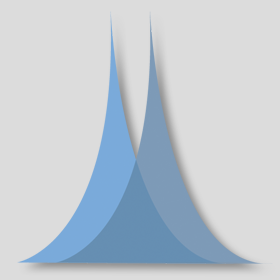News
Tue January 1, 2013
Enhanced Anti-ferromagnetic Exchange between Magnetic Impurities in a Superconducting Host
News type:
Tue January 1, 2013
Keldysh Approach for Non-equilibrium Phase Transitions in Quantum Optics: Beyond the Dicke Model in Optical Cavities
News type:
Tue January 1, 2013
Phonon-induced Spin-Spin Interactions in Diamond Nanostructures: Application to Spin Squeezing
News type:
Tue January 1, 2013
Coherence and Raman Sideband Cooling of a Single Atom in an Optical Tweezer
News type:
